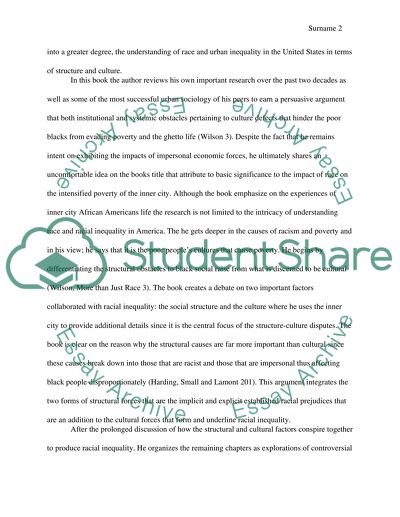Cite this document
(“Wilson, William Julius. More Than just Race: Being Black And Poor In Essay”, n.d.)
Wilson, William Julius. More Than just Race: Being Black And Poor In Essay. Retrieved from https://studentshare.org/history/1487581-wilson-william-julius-more-than-just-race-being
Wilson, William Julius. More Than just Race: Being Black And Poor In Essay. Retrieved from https://studentshare.org/history/1487581-wilson-william-julius-more-than-just-race-being
(Wilson, William Julius. More Than Just Race: Being Black And Poor In Essay)
Wilson, William Julius. More Than Just Race: Being Black And Poor In Essay. https://studentshare.org/history/1487581-wilson-william-julius-more-than-just-race-being.
Wilson, William Julius. More Than Just Race: Being Black And Poor In Essay. https://studentshare.org/history/1487581-wilson-william-julius-more-than-just-race-being.
“Wilson, William Julius. More Than Just Race: Being Black And Poor In Essay”, n.d. https://studentshare.org/history/1487581-wilson-william-julius-more-than-just-race-being.


